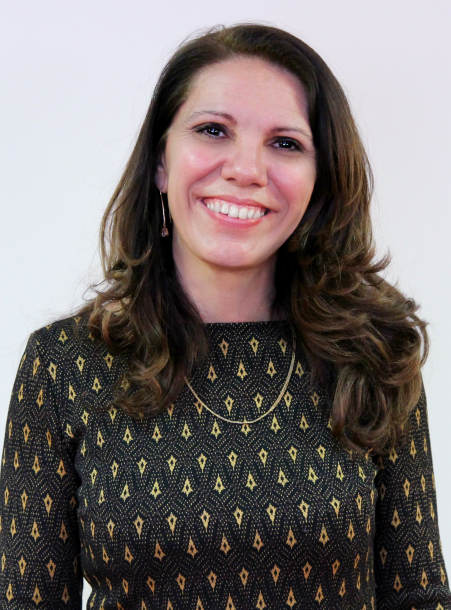Spotlight: Spain

Having participated in TIMSS in 1995, 2011, and 2015, Spain’s education officials are keen on learning more about their students’ achievement by participating in TIMSS and eTIMSS 2019.
“We’re very happy to participate because we really believe in assessment as a tool to improve our education,” said Carmen Tovar Sánchez, Director of the Instituto Nacional de Evaluación Educativa. “We think it’s impossible to improve if we don’t know where we stand. TIMSS has given us the opportunity to learn about our weaknesses, but also our strengths.”

She added that education officials are happy Spain is reducing the country’s share of low performance in mathematics and science, but must continue to work on performance at the High Benchmark. TIMSS also has shown that socioeconomic status does not largely impact achievement in those subjects in Spain as much as it does in other countries.
Tovar underscored the importance of participating in multiple TIMSS cycles because it allows Spain to measure trends, as well as the impact of certain educational reforms that the Ministry has put into place. She also noted that Spain has learned a lot from other countries, and that TIMSS allows Spain to see whether other countries’ initiatives can have a positive impact on Spain’s education system.
One large educational concern in the country is the gender gap — girls have lower achievement in mathematics and science than boys, as in most TIMSS countries. However, Tovar pointed out that the gap is wider than Spain than in many countries.
View a slideshow from the 4th TIMSS 2019 National Research Coordinators Meeting in Madrid, Spain »
“We are aware of this as a social thing, and this is based on parents’ and society’s expectations,” she said. “We really want to work on it, and schools have a great opportunity to close this gap. At the Ministry, we are working on projects to promote STEM for girls, and we participate in European projects to promote science among students."
Another major national education issue is early school leavers. Although Spain participates in TIMSS at the primary level, Grade 4, Tovar said students at that early stage may become early leavers if education officials do not work with them. She said Spain has one of the highest rates of early leavers in Europe, with a rate of 18.3 percent in 2017 — an improvement from 23.6 percent in 2011, but far from the 2020 goal of 10 percent.
Also among the Ministry’s goals are promoting vocational training in addition to academic training, so that vocational training is not seen as an undesirable option, and working to reduce the high rate of retention in schools, Tovar said.
“We’re very excited about TIMSS 2019 because we’re going to go digital, and for the first time we’re going to do primary educational assessment on tablets,” Tovar said. “The Ministry really supports the new goals of this change. We are promoting digitalization of learning teaching. We believe it is going to be very engaging and motivating for students, and give them the opportunity to apply previously acquired knowledge to different contexts.”
Tovar also is hoping to confirm Spain's improving achievement in TIMSS with the 2019 cycle.
“We have improved 23 points from 2011 to 2015 in mathematics, and 13 in science,” she said. “We want to see whether it’s still working, and whether the new reforms in place these four years have borne fruit.”
IEA's TIMSS & PIRLS International Study Center at Boston College thanks our generous hosts at the Instituto Nacional de Evaluación Educativa.

